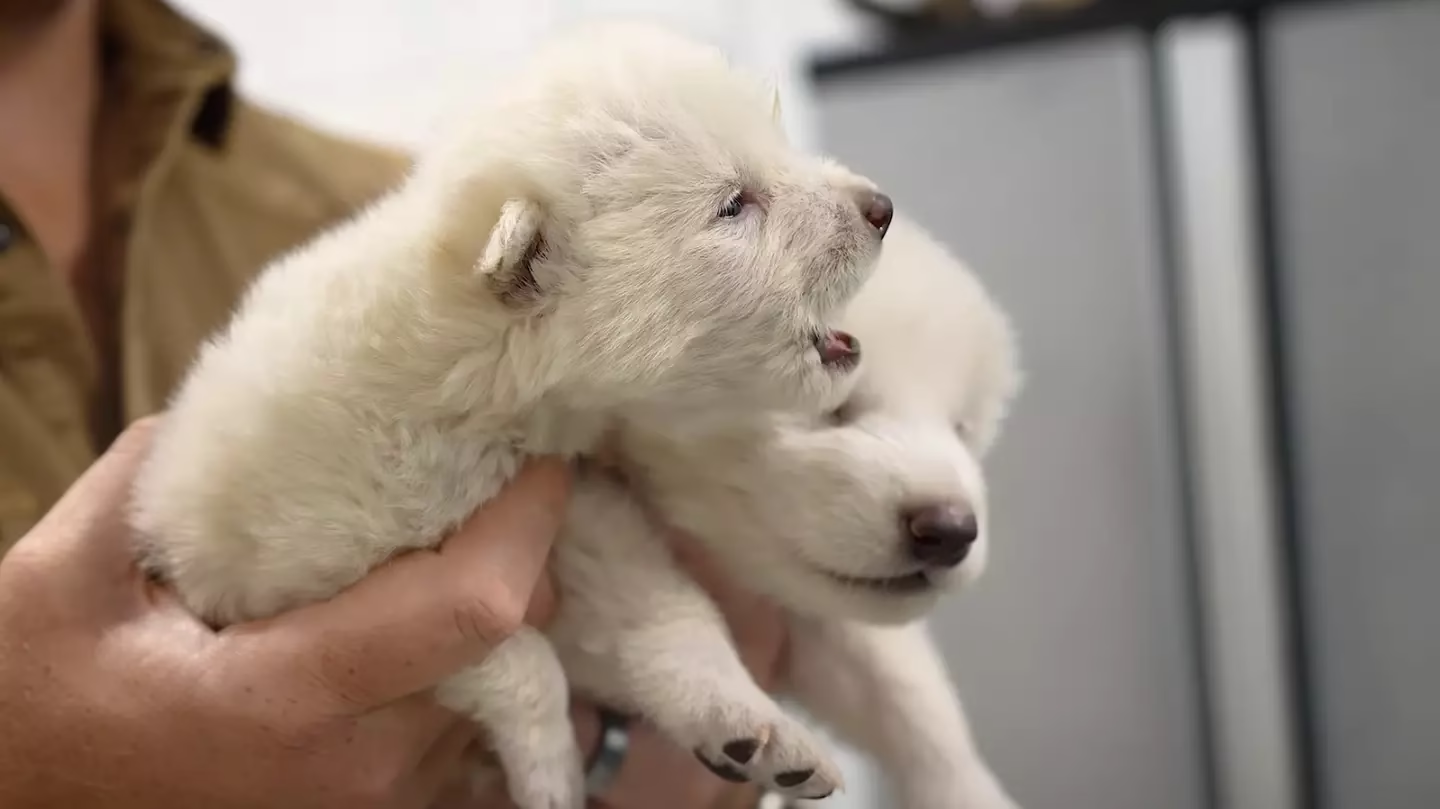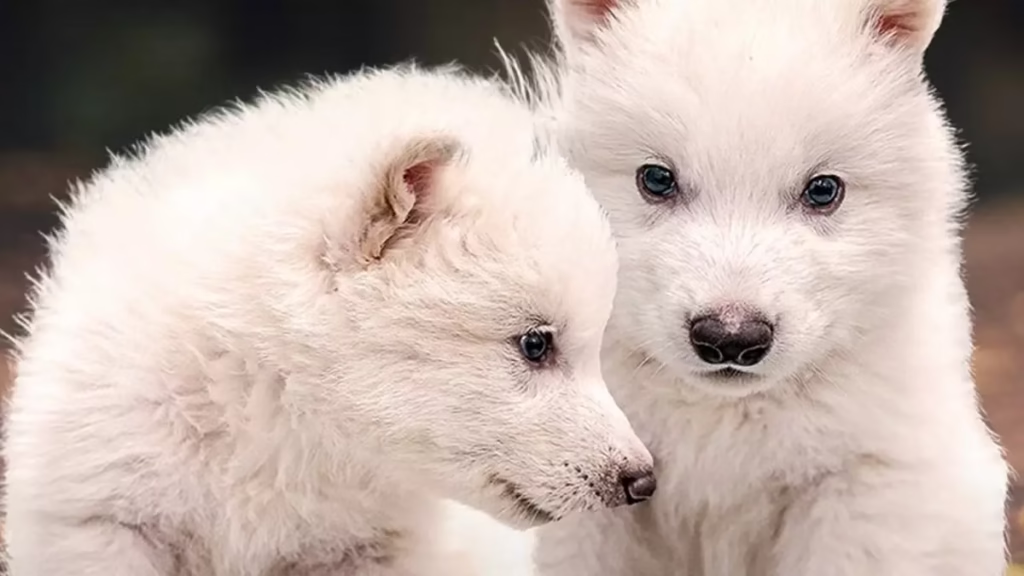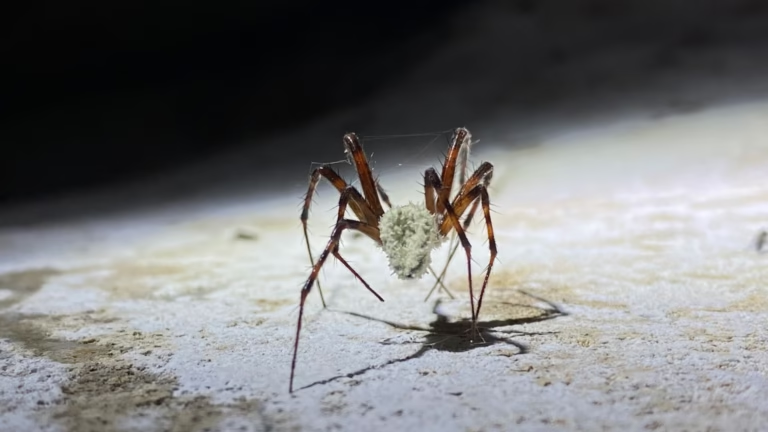Company Claims to Bring Dire Wolf Back from Extinction After 10,000 Years!

The dire wolf, famously known as the fierce companion of the Stark family in Game of Thrones, might just be making a real-life comeback. A company called Colossal Biosciences has made the bold claim that they’ve successfully brought this ancient canine back from extinction 10,000 years after it vanished. But before we get too excited about reuniting with these majestic creatures, let’s take a closer look at what’s actually happened and whether this claim holds up.

The Big Announcement: Dire Wolf Puppies Born
On April 7th, 2025, Colossal Biosciences made a splash by announcing the birth of three dire wolf puppies. Named Romulus, Remus, and Khaleesi, the pups were reportedly brought into the world using a groundbreaking process. Colossal claims they used genetic edits derived from a complete dire wolf genome—reconstructed from ancient DNA found in fossils dating back 11,500 to 72,000 years ago. These edits were then transferred into surrogate dogs to bring the pups into existence.
In their social media post, Colossal excitedly shared: “The dire wolf has been extinct for over 10,000 years… These wolves were brought back from extinction using genetic edits derived from a complete dire wolf genome.” The company also highlighted how this feat represents a monumental step forward for science and conservation, marking a new chapter in de-extinction technology.

The Science Behind the Claim
Dire wolves roamed North America from around 125,000 to 10,000 years ago, but their extinction remains a mystery. Scientists believe factors like climate change and the loss of prey could have played a role in their disappearance. The idea of resurrecting an extinct species is the focus of Colossal Biosciences, a company known for using advanced genetic engineering techniques to bring back long-gone creatures.
Colossal’s process involved editing the DNA of modern-day wolves to match the genetic blueprint of the extinct dire wolves. The resulting pups are said to share “99.5 percent of their DNA” with the long-lost species. The dire wolf genome was meticulously pieced together from ancient DNA samples, but the final result isn’t an exact copy of the original species.

Are These Really Dire Wolves?
While Colossal Biosciences stands behind their groundbreaking achievement, some scientists remain skeptical. According to New Scientist, the pups are not identical genetic copies of the extinct dire wolf species. Instead, they are a mix of dire wolf DNA and that of modern grey wolves, which were used as a donor species.
Beth Shapiro, one of Colossal’s lead scientists, acknowledged that the pups may not be exact genetic matches. However, she argued that the wolves are “99.5% genetically similar” to dire wolves, and she defends the use of the “morphological species concept.” This means that if the animals look like dire wolves, they are considered to be dire wolves, even if they aren’t perfect genetic replicas.
Shapiro also responded to questions about classification, saying that species concepts are human-made systems and can be debated. In her view, the physical appearance and behavior of the pups are enough to classify them as dire wolves, even if their genetics aren’t a perfect match.

The Challenges and Future Plans
Although the birth of these pups is an exciting step forward, Colossal has no plans to allow them to breed. For now, their primary goal is to study the genetic modifications and their implications for conservation efforts. If this technology can be perfected, it could potentially be used to bring back other extinct species in the future.
However, some scientists remain concerned about the ethical implications of de-extinction. While the idea of resurrecting lost species is thrilling, it raises questions about whether we should bring back animals that have been gone for thousands of years. Furthermore, the ecological impact of reintroducing such species is still unknown.

Conclusion: A Major Milestone or Just Hype?
While Colossal Biosciences’ achievement is undoubtedly a major step forward in genetic engineering, it’s important to consider what exactly has been created. The dire wolf puppies are not perfect replicas of the extinct species, but they are very close. Whether or not they can truly be called “dire wolves” depends on how we define species—and that’s a debate that could continue for years.
For now, the birth of Romulus, Remus, and Khaleesi is a remarkable milestone in the field of de-extinction science. As technology advances, we may see even more extraordinary feats in the coming years. But whether these pups are truly the dire wolves of ancient times or just genetically engineered canines remains a topic of debate—and it’s one that’s sure to spark conversation for years to come.






